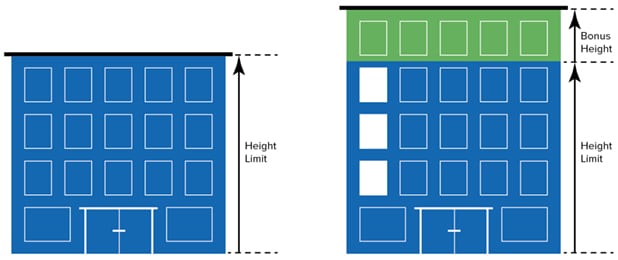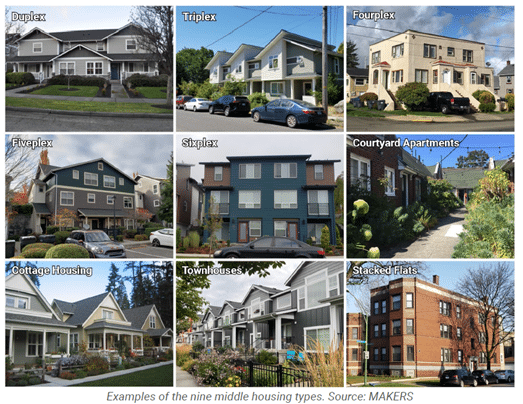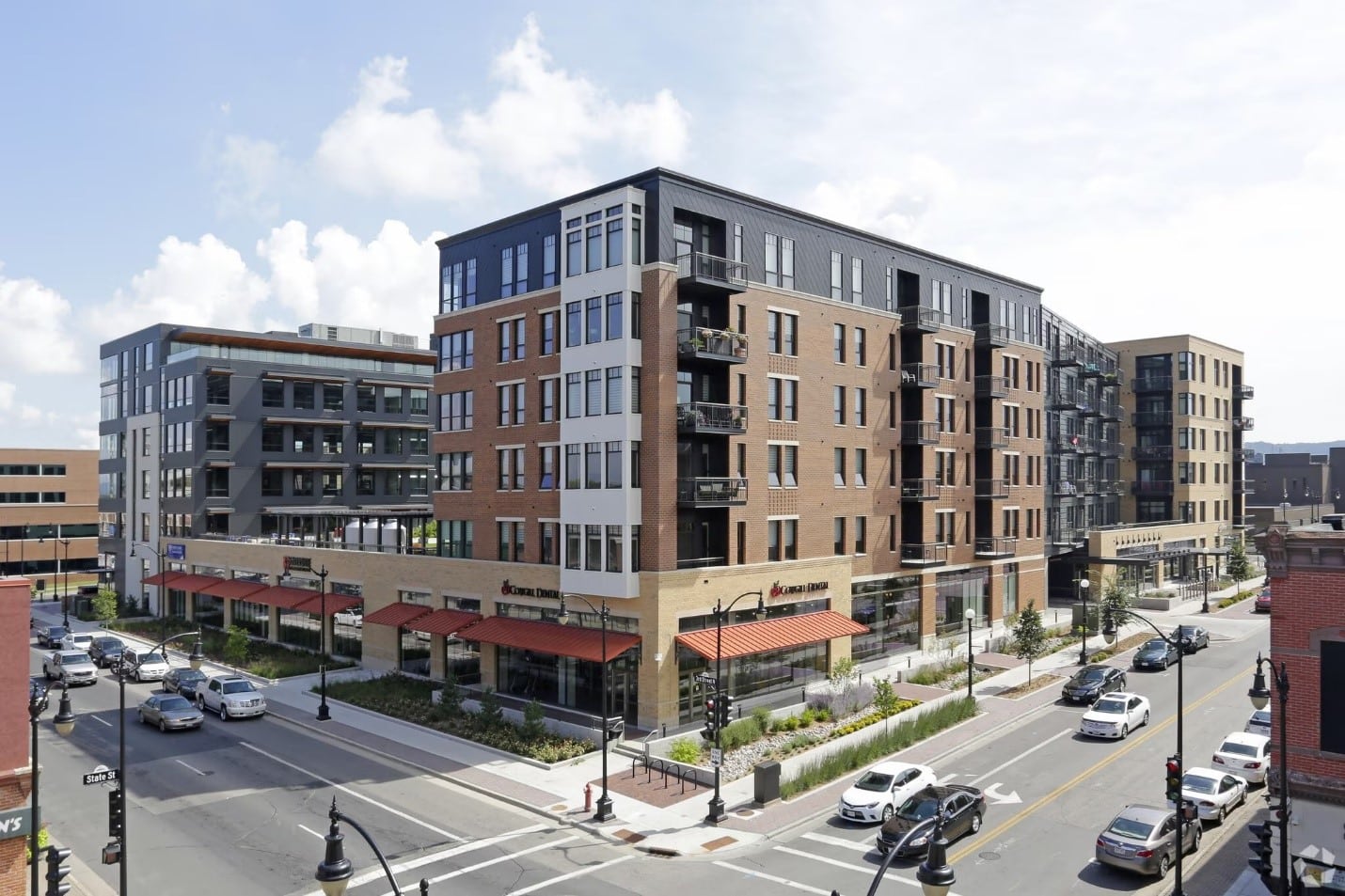The Latest
From Habitat
Building affordability: how form-based codes can help
With cities across the country facing affordable housing crises, several solutions have been proposed. While zoning reform is frequently discussed in these conversations, the specifics of how zoning codes should be reformed remain highly debated. One way cities can promote the development of affordable housing is through a transition from conventional Euclidean zoning to a form-based zoning approach. This style of zoning, in combination with incentives for affordable housing developers, has the potential to allow for greater density and the development of “missing middle” housing units such as duplexes and townhouses that traditional zoning has either prohibited outright or made unfeasible for developers.
Conventional approach to zoning
The dominant approach to regulating land use for communities across the United States has been Euclidean zoning. This approach emphasizes a strict separation of land uses based on geographic zones - think residential, commercial, and industrial districts - while regulating buildings through dimensional criteria such as setbacks, minimum lot sizes, and height restrictions. While Euclidean zoning has been implemented with positive intentions, such as promoting safety and public health, unintended consequences include creating sprawl, increasing reliance on cars, and a lack of diverse neighborhoods that contain a variety of housing options available to residents of varying income levels.
Form-based zoning is different
Seeking to address the problems created by conventional, or Euclidean zoning, form-based zoning offers a fundamentally different framework for regulating land use and buildings. This method prioritizes the physical characteristics of a community’s built environment rather than a strict separation of land uses. A code that focuses on building design elements, as well as the relationship between different buildings and the larger community, has the potential to create more cohesive and pedestrian-friendly neighborhoods with a greater diversity of housing options while allowing these neighborhoods to maintain the aesthetic appeal that is important to many residents.

How it can benefit communities
Form-based zoning, when combined with other incentives, has the potential to promote more affordable housing and neighborhoods with greater walkability. One particularly effective incentive to layer with form-based zoning is the implementation of density or height bonuses for affordable housing projects. Because the form-based code already dictates the desired building form and its integration with the surrounding context, this added density can be achieved in a manner that remains consistent with the neighborhood's intended character.

For developers, opportunities to build additional market-rate units alongside the affordable ones can help offset the reduced rents or sale prices of the affordable units, making such projects more financially viable and ultimately increasing the overall supply of housing accessible to a wider range of income levels. The City of Middleton implemented density bonuses for affordable housing projects in their recent zoning code update and have received positive feedback from developers that this incentive makes pursuing projects with affordable units more feasible than if these bonuses were not included in the new code.
How form-based zoning can work in La Crosse
Traditional zoning, as implemented in La Crosse, severely proscribes what can be built, especially in the dominant R-1, single-family housing zone. For example, most districts require substantial building setbacks on all sides, which require larger lots just to accommodate a single-family structure. Additional requirements, such as constructing garages further reduce buildable area. Form-based codes could allow for much greater density by allowing greater use of the land for housing. The following are examples of what currently could not be built as a right on any R-1 zoned lot zoned in the city. With form-based codes utilizing generally accepted design standards, traditional single-home lots could now accommodate multiple families without impacting the neighborhood’s character.

On a larger scale, form-based codes facilitate mixed-use developments, and contribute to more sustainable and walkable communities. For example, the recent construction of Belle Square perfectly illustrates how a form-based code could facilitate mixed-use development. Form-based codes provide the needed flexibility for housing development at any scale.
Just one piece of the puzzle
While the transition towards form-based zoning, especially when coupled with strategic incentives like density bonuses, offers a promising pathway to increase housing supply and facilitate the development of more affordable "missing middle" options, it is crucial to recognize that zoning reform alone is not a panacea for the affordable housing crisis. Form-based codes and their associated incentives represent a vital tool within a broader toolkit that must also include robust public investment in affordable housing. Ultimately, a comprehensive and multifaceted approach is necessary to create truly equitable and affordable communities for all residents.

Partner Family
Stories
Darshida has been working to become a homeowner for years. She is a passionate nurse, a dedicated mother to four boys, and a longtime La Crosse resident. After years of hard work and unforeseen obstacles, Darshida and her family moved into their new home in spring 2023.
